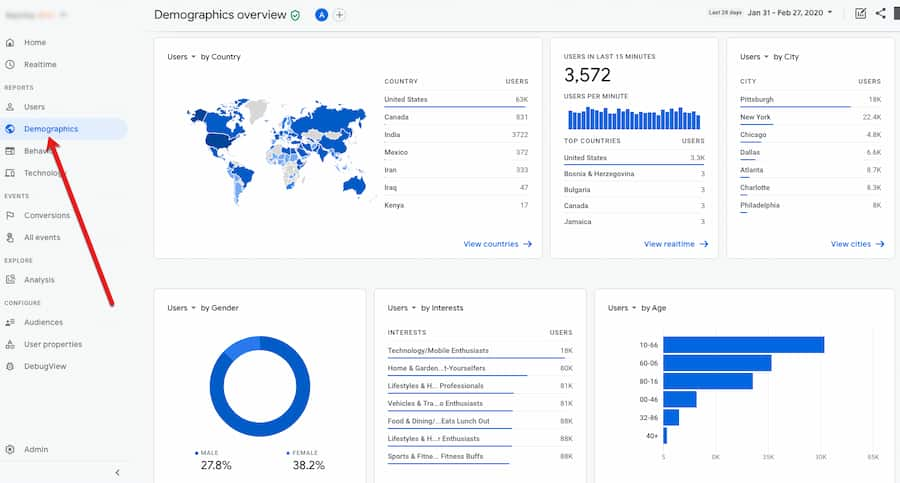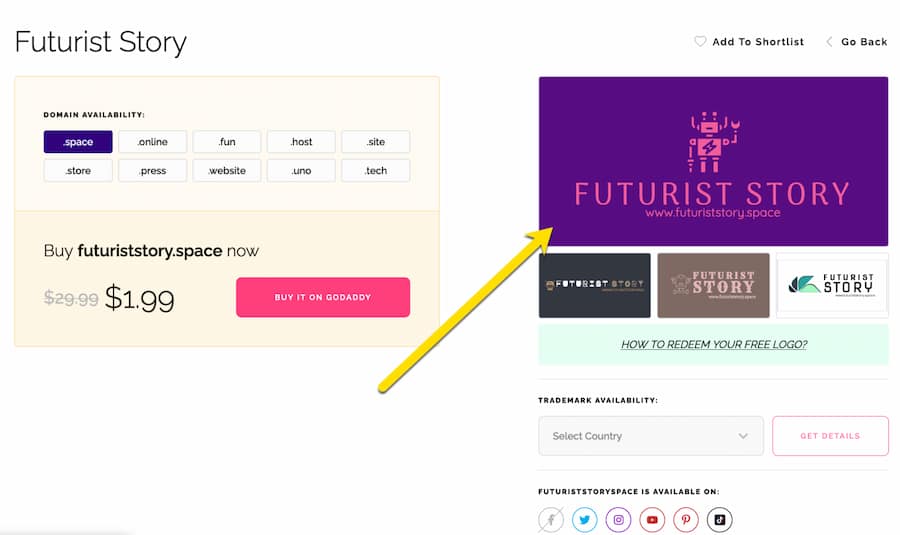How to Start a Blog to Improve Business’s Reputation and Drive Sales
There are many benefits to starting a blog. Blogs allow you to attract new customers through informational search queries. They let you discover new relevant marketing opportunities (social, viral, education-driven marketing, etc.)
But there’s another reason for starting a business blog which is often neglected: Blogs make reputation management more effective.
How come?
Through blogging, you can explain your value proposition more clearly. You can put your products into context, answer your customers’ questions and feature their reviews and positive experience with your brand.
Blogging makes connecting to your target audience easier, turning them into regular visitors and buyers.
Let’s see how to accomplish all of that:
Determine what you will write about
When starting a blog, this is always one of the toughest questions to answer: What am I going to write about?
For a business blog that is reputation-driven, that is easier: You will start with your brand, your products, and your current customers:
- Work with your customer support team to create a list of questions your customers are asking.
- Search for your brand name and see if there are any brand-driven search queries that lack content on your site. WebCEO’s organic keyword research tool is a great way to discover search queries that include your (or your competitor’s) brand name.
- Reach out to your customers and invite them to submit videos and photos of them unpacking or using your product (give away freebies or coupons as an incentive).
- Search Text Optimizer for your (or your competitor’s) brand name and discover related concepts that may serve as content ideas:
Compile all of the above in a spreadsheet and turn it into an editorial schedule for your blog.
As you grow your blog, you’ll discover more and more brand- and product-driven editorial ideas, but it is a good idea to launch your blog with at least 5 published articles and at least 10 in the calendar.
Understand your audience
The more you can focus, the easier it will be to identify and speak to the needs of your chosen audience.
The biggest reason why most blogs fail is that they don’t understand their audience. You should develop audience personas to help you clearly understand what your audience wants. Then you can work on delivering content that is tailored to their needs.
If you have an existing site for your business, make sure to check your analytics. There’s usually some kind of insight into who is visiting your site. In Google Analytics, you can see where they are coming from, what their average age is and what they are interested in:
There are lots of social media analytics solutions that also provide insights into your target audience’s demographics.
Find a domain and define your branding
Again, if you already have a website, this step will be easy: Just pick a matching theme, use the same logo (or the variation) and host your blog in the directory of your existing domain.
I usually look at Colorlib for my premium themes. Their selection is highly customizable, so you can set up a matching theme without even the help of a developer or graphic designer.
If you are starting from scratch, check out Namify, which will help you pick a domain and a logo. You need something to catch your niche’s attention. Ensure it is easy to remember and the domain is available.
Be sure it relates to your topic and that it is a “clean” name. Use the Wayback Machine and other means to look at the history of the URL.
Keep it simple and readable. Use graphics to augment the text, not to hide it. Branding is a little sneaky. The reason is to create the correct brand you need to do your research on your target audience, so it actually covers a few steps! If you don’t have a catchy brand, you won’t get the traction you want. A free stock image as a logo won’t cut it.
Prepare your content
As I said above, prepare at least five articles (to ensure you don’t start and stop suddenly) and begin the launch. There’s no ideal publication frequency but it is a good idea to update your blog regularly. That encourages Google (and people) to keep coming back.
Once you create your first post, continued blogging is much easier. Don’t worry if it’s not the best post in the world; blogging will be a learning process. You will get better with time.
If you plan to hire a writer, start looking for one within your company. You will likely have a lot of talent, and these people already know your customers and your product. They may need a bit of training on how to format and optimize articles, and they will be ready to start.
Here are a few resources to get your new writer started:
- Hubspot offers a thorough guide on how to write content that ranks well in Google
- Here’s a very detailed guide on HTML headings which will make content more readable and SEO friendlier
- Here’s how to optimize brand-driven content
- Here are more resources to learn SEO
Supplement your posts with a social media strategy to help get your site known and visited. Check tools like Viral Content Bee to help get the word out.
Build a content strategy and generate top-quality content specific for your niche.
Just creating content because you think it’s what your users want normally doesn’t work too well. You must work out what content you will create, for who, why, and how you will deliver it. It might be an infographic used on Pinterest or a long article with several images that you want to share on Facebook. Whatever it is, it needs thought.
This all comes out of understanding your audience and knowing what your competitors are doing. Deliver the content your audience wants in a way that your competitors can’t.
Have a plan for converting your readers into subscribers
As soon as your blog goes live, you want an email list to be on it. I took two months to put mine together, and in the process, I lost a good few hundred signups. Email newsletters mean a lot of returning traffic (and returning customers!), and it’s something every new blogger should have on their site.
Email is the best channel to reach your audience on. It’s far more reliable than any social network so you need to use your understanding of your audience to deliver an experience they want to be part of. Here’s a solid guide on starting an email newsletter.
You could start this off by offering a content upgrade to compel them to sign up to your list. This could be as basic as a downloadable PDF which solves one of their biggest problems.
Start networking
Your success will be thanks to who you know, not what you know. Start building relationships with other bloggers in your space, particularly influential bloggers.
Blogs, forums, communities, social, etc. Get involved in your niche.
The only way to gain rankings in search engines and build a following from people in the niche is to get active. Don’t sit back.
No man is an island. Successful people hang around other successful people. Bloggers are no different. Create lists and include other top bloggers in your industry. The natural tendency is for people to reciprocate, so by helping them achieve more success and notoriety, they will, in turn do the same for you.
Conclusion
The best blogs push boundaries, offer up live case studies, and constantly test new theories or strategies. Perhaps you can also offer deeper insights by doing more investigative work than other bloggers are willing to do. The internet blogging world is extremely competitive, but by offering up special knowledge, insights, or reporting, you can solidify your business’s reputation.
Overall, trust in your team and foster collaboration and creativity. Passion and love overcome nearly anything. If the goal is to merely rank or to sell, you will most certainly fail. If the goal is something greater than yourself, you will most certainly succeed.
Have fun and provide value! See how much you can give, not how much you can get.
Tags: Corporate Reputation, Online Reputation Repair, Reputation Management, SEO.



